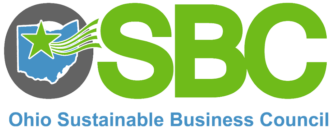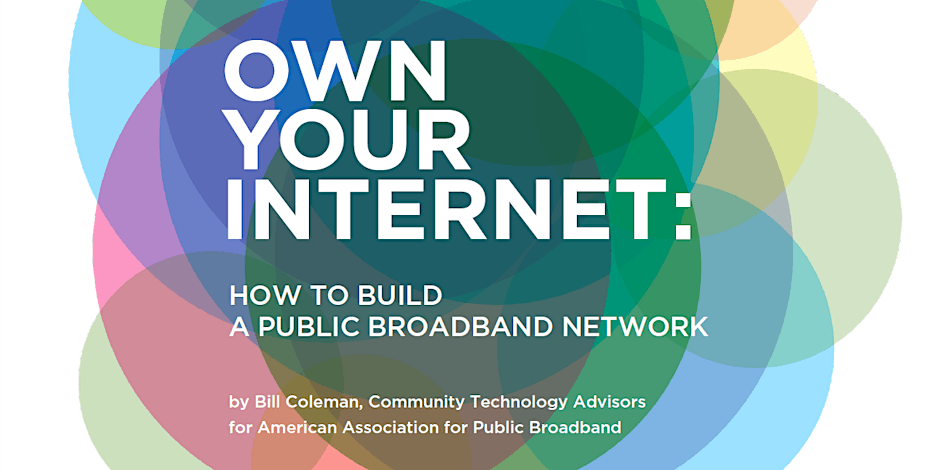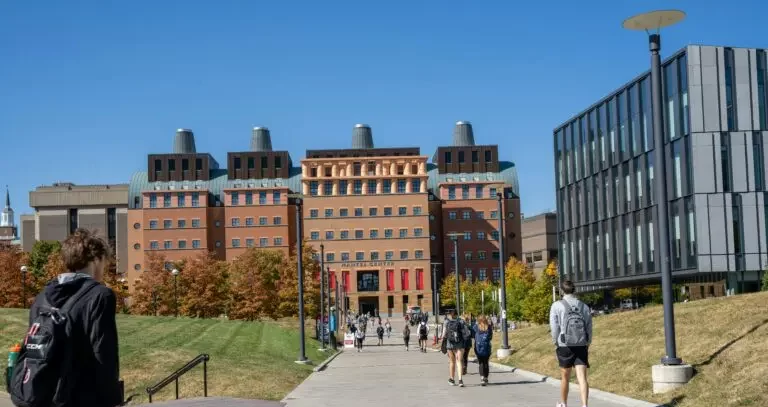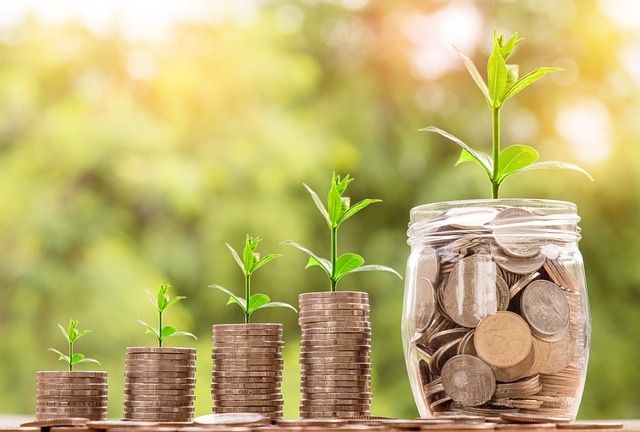by Michael Shuman, Publisher of the Main Street Journal
Greetings from San Antonio, Texas, where I was attending the most recent Neighborhood Economics conference. The big question on the minds of the 350 attendees was how local investment could unbend the daunting curve of inequality in the United States.
In the final session on the main stage, conference co-organizer Kevin Jones asked me: “Why should we invest in every neighborhood in a community?” Here’s a summary of my response:
One unique virtue of local investing is that it offers social as well as personal financial returns. We know that a community with a critical mass of healthy local businesses grows income, wealth, and jobs. That pays off to local investors in the form of better community services and lower taxes. We might quibble about what your social return might be from any specific local investment, but we know it’s not zero.
The best local investments, however, are often not just in the wealthy zip codes in a metropolitan area. I believe the mother lode of unrealized opportunities is in neighborhoods that are economically worse off. Why? Because an investment dollar in the hands of a low-income entrepreneur in an under-financed neighborhood will make the most significant difference in a regional economy. That dollar will be stretched further, address deeper needs, and fill a gaping hole of demand for smart investment.
Still, I appreciate that the well-heeled skeptic, unmotivated by compassion or justice, will want to know more numbers on the rate of return: “What’s in it for me? What’s the payoff for investing in a community that was once officially redlined to discourage any investment whatsoever?”
Here’s a simple answer. No matter where you live or how high the walls around your gated community, inequality nearby imposes huge social costs on your life.
- More inequality means more crime, more police, and more security expenditures for your walled community, more alarms for your cars, and more guards for your kids.
- More inequality means more toxins, more air pollution, more stormwater run-off from largely unregulated brownfields, and more heat islands in your city, killing off trees, animals, and pollinators, all of which you will have to pay for to remedy.
- More inequality means more people are unwell, crowding emergency rooms, filling hospitals, and imposing huge medical bills on local government budgets.
- More inequality means more deaths of despair from suicide, drug overdoses, and alcohol-related diseases, making labor more scarce and production more costly.
- More inequality means more homelessness in your public spaces, discouraging people from buying from your local businesses and scaring off would-be tourists.
- More inequality means more people are vulnerable to viruses and other epidemics—and disease vectors do not respect walls or borders.
- … Read 5 more costs of NOT Investing in distressed neighborhoods



